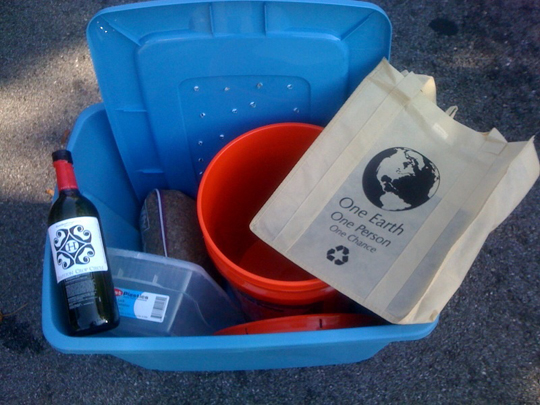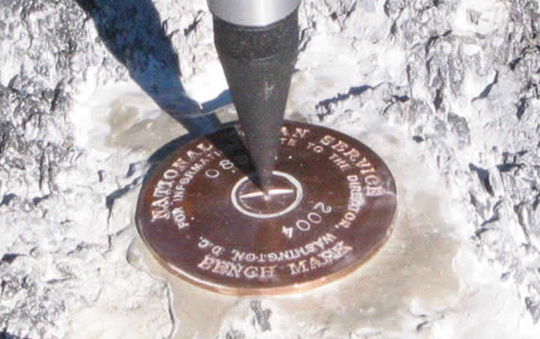
In working with my clients, I’ve observed four common mistakes people make when greening their business. They relate to motivation, mindset, methods, and mentorship. Each mistake is costly in terms of wasted time, money, good will, credibility – it’s a long list.
Be honest – why do you want to go green in the first place? Are you worried about the state of the environment? About those poor polar bears and their shrinking ice floes? About toxic materials accumulating in the soil, water, and your body? About running out of resources?
Well, guess what? That’s the first mistake: to start from a motivation of fear, scarcity, anxiety, even anger. These can be excellent short-term motivators, as in the case of a medical emergency or a mugging. But for the long-term work that is sustainability, they are wholly inadequate, even exhausting. Not the foundation for the creative, joyful project of greening your business.
These gloom-n-doom environmental messages are the WORST way to try to stay motivated for the challenges of greening your business. They actually keep us in a state of separation from the very natural world with which we seek to reconnect, causing us to overlook potentially lucrative ideas and opportunities.
It is far more effective to move towards something we want, than to rail against something we don’t want. Think about it. When you are cold, you don’t get angry and struggle against the cold; you light a fire, you put on a sweater. You do something in the positive. When it’s dark, the way to change that is to turn on a light, not to complain and push against the darkness.
In the face of all the negative, disempowering messages we get about the state of the environment, how can we tap into a positive motivation and a deep sense of connection with the natural world? It’s really a practice, requiring continuous awareness and feedback. It’s also a call to be gentle with ourselves as we walk this green path. As Maya Angelou said, “You did what you knew how to do, and when you knew better, you did better.”
Here are three rich practices that work for my clients. They will help you tap into this inner awareness, sense of connection, and positive motivation. Try them and let me know how they work for you.
Practice 1: Gratitude
Here’s something we did in a recent “Green in 15” class. Treat yourself and go for a nice walk. Enjoy the springy weather, all the glory and abundance of the natural world as it is beginning to awaken from its winter slumbers. When you come back inside, make a list of everything you’re grateful for, right here, right now, today.
This is an excellent practice to draw your attention away from seeing only problems, challenges, things that are broken and need fixing.
Practice 2: Mission
Why do you care about green? What does going green mean to your business, to your personal sense of mission? How is this expressed your business? What does that mean for you – your sense of purpose, your vision of the future, your values, your influence in the world?
When a recent client did this, their Green Charter became infused throughout the company, marshalling creativity and accelerating their results. These include tremendous energy and water savings, dramatic reduction of CO2 emissions, reduced nitrates going into the Chesapeake Bay from their operations, and a popular employee challenge program to take similar actions at home.
Practice 3: Networks
Nature is organized in networks of networks, and we are a part of that system. Think of one aspect of your business and make a list of relationships – the people, systems, and technologies that you are connected to. Now, answer these questions:
1. For systems or technologies, how did this get here?
2. What did it take to get it to me?
3. What is it made of? (Or, In the case of relationships, how did I meet this person?)
4. What has this connection brought into my life?
5. What have I brought into this person’s life?
6. What has this connection led to?
7. What might it lead to in the future?
What was your experience in trying these practices? I would love to hear from you.






 View the dynamic, moving GOforChange: Greening Baltimore video
View the dynamic, moving GOforChange: Greening Baltimore video





